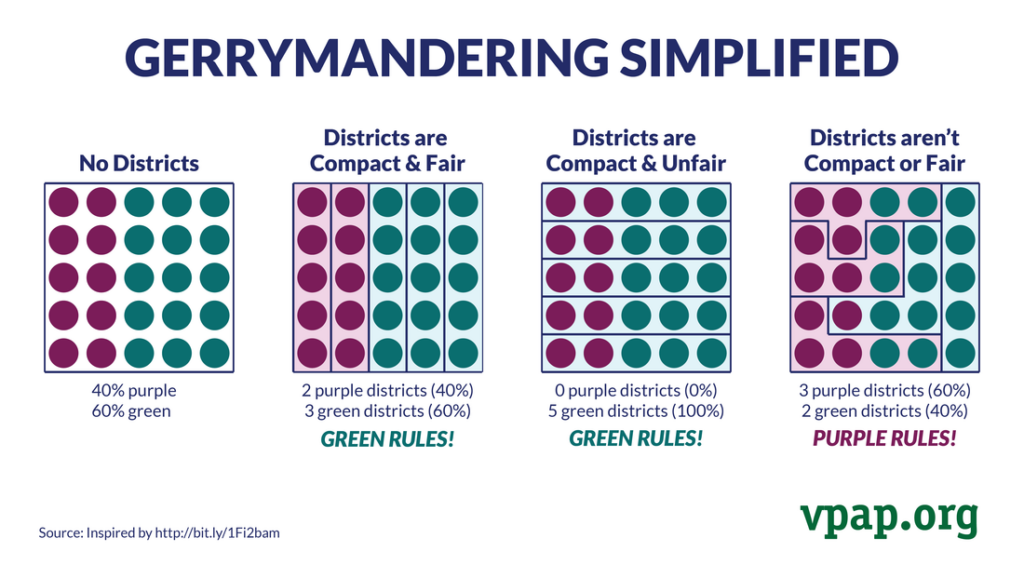The Down-Ballot ‘Red Wave’ Election Explained

Defund the police? Words matter. Down-ballot losses couldn’t have come at a worse time.
First, the good part. We can all breathe a sigh of relief now that we’ve rid ourselves of a president who seems determined to end the American democratic experiment. That is no small feat. Incumbent presidents usually get a second term.
I believe the American people judged President Trump incapable of governing a rich, diverse country around which the global stage revolves. Reinforcing that belief is the petulant, hateful and dishonest way Trump is ending his presidency. The man is still trying to take a sledgehammer to our democracy. But the guardrails are holding…holding…

Down-Ballot Despair
I wish I had better news for Democrats aside from the victories of President-elect Joe Biden and Sen. Mark Kelly (D-AZ). Democrats still command the House of Representatives, but by the slimmest of margins. Right now, it looks like the Democrats will lose up to 10 seats, reducing their majority from 232 to 222 members (218 is the magic number) . Two races are still contested, too close to call, with a Republican in New York State up by 12 votes, and in Iowa six votes separate the candidates.
The Senate side can only be called a bitter disappointment (unless the Democrats pull off a miracle in Georgia on Jan. 5). Not counting the two upcoming contested seats in Georgia, Democrats came away with a net one advantage: Kelly plus John Hickenlooper in Colorado minus Doug Jones in Alabama.
But it was losses in the state legislatures, to the tune of 179 seats and counting, that might yield the most devastating consequences for Democrats. We’ll get to that.
Who’s Fault?
The campaign manager for Emily Skopov, a Democrat who suffered a crushing loss in a western PA state congressional race she was supposed to win, will start us off:
There’s a significant difference between a referendum on a clown show, which is what we had at the top of the ticket, and embracing the values of the Democratic ticket. People bought into Joe Biden to stop the insanity in the White House. [But] they did not suddenly become Democrats.
Nichole Remmert

Predictably, the media are rationalizing Democratic underperformance in terms of the eternal conflict between the progressive wing of the party, whose policies excite the Democratic base, versus the moderate wing, who compete in districts where winning over swing voters is a must for victory.
While there’s a certain logic to this, I really don’t see it. First of all, Republican messaging in each election cycle paints every Democratic candidate as wild-eyed socialists hell-bent on destroying neighborhoods and redistributing income. Candidates in moderate districts feel their ears burn more profoundly. The social justice demonstrations last summer made swatting away this misinformation more difficult.
The Inclusive Party
There’s also the changing nature of the Democratic party. Joe Biden won big in the suburbs and here is one reason why. The polling firm Public Opinion Strategies provided the New York Times some eye-popping demographics:
In 1980, Republicans won 76 of the 100 counties with the largest share of college degrees. In 2020, Democrats won 84 of those high education counties.
Similarly in 1980, Republican won 91 of the 100 counties with the highest median incomes, and Democrats nine. In 2020, Democrats won 57 of the top income counties and Republicans 43.
Thomas B. Edsall, New York Times
This speaks for itself, but I’ll say the obvious: The Democratic Party stretches all the way from AOC’s Bronx district to the wealthiest suburbs and exurbs outside large cities across America. We are the inclusive party. But it makes messaging complicated.
Defund the Police
Of all the signs and chants perceptible in last summer’s outcry over police brutality and inequality, the demand “defund the police” was the most controversial. Now, reasonable people will interpret it to mean things like criminal justice reform, retraining police, assigning social work functions to civilians. And start the healing process in Black neighborhoods.
The thing is, words matter. Of course we need law enforcement. The phrase “defund the police” was born of revenge, not strategic thinking. And it came gift-wrapped to the Republican Party, which used it as a cudgel in suburban races. For example:
Abigail Spanberger

Abigail Spanberger (D-VA) is a former CIA officer who in the 2018 “blue wave” election won her first race for Congress in Virginia’s 7th Congressional District. To get a sense of how the suburbs are changing: Virginia’s 7th is a swath of Richmond’s northwestern suburbs. It was formerly represented by conservative icon Eric Cantor, who rose to Republican majority leader before getting upset by David Brat, a Republican tea party favorite. That’s who Spanberger beat in 2018.
This year, Spanberger had incumbency on her side plus the fact that Biden would chalk up a win in Virginia’s 7th on his way to a nine point victory in the state. But Spanberger got by in a squeaker, 50.5% to 49.35%.
In a leaked Democratic caucus conference call, Spanberger had this to say: “From a congressional standpoint, Tuesday [election day] was a failure–it was not a success.” The main concern she heard from her constituents was about defunding the police.
“If we want to talk about funding social services and ensuring good engagement and community policing, let’s talk about what we’re for,” said Spanberger. “And we need not ever use defund the police again. We lost good members because of that.”

Gerrymandering
After state legislative gains made in the 2018 “blue wave” midterm elections, Democrats looked forward to winning a prize that would outlast the presidency of Joe Biden: the chance to control the redistricting process, the results of which lasts 10 years.
To review, every 10 years, based on the census, congressional and state legislative districts are redrawn in each state to account for changes in population. The party in power in the state capitols usually gets to draw the maps. Drawing a map with the intent to favor the party in power is called gerrymandering.
A decade ago, after the euphoria of getting the first African-American elected president, the Republican party caught Democrats still patting each other on the back. They flipped over 650 state legislative seats to gain the upper hand in drawing the 2010 redistricting maps that we are more or less stuck with today.
One brazen example: As President Obama was coasting to victory in the 2012 election by racking up the electoral votes in the Great Lake states of Michigan, Wisconsin, Ohio and Pennsylvania, Republican gerrymandering two years prior resulted in Democrats winning only 17 of the possible 56 congressional seats in those states in 2012. Those are stark consequences.
Democrats Lost Every Redistricting Shot
To put it bluntly, Democrats in 2020 lost every state election where control of redistricting was at stake. According to FiveThirtyEight, Republicans are set to control 188 congressional seats, or 43% of the entire House. Democrats can count on a mere 73 seats, or 17%.
Republicans accomplished this by winning states where Democrats though they had a real shot. Those include Texas, Pennsylvania (Democratic governor has veto power), North Carolina (Democratic governor plays no role), Minnesota (state Senate only) and Iowa. Even in blue New Hampshire, Republicans managed to flip both state houses, seizing full control of the state government.
Silver Linings
No, it’s not 2010 all over again. First of all, three of those Great Lakes states now have Democratic governors, who will try to moderate Republican power-grabbing. Michigan establish a bi-partisan redistricting commission. Ohio voted to approve a constitutional amendment to make the map-making process fairer. The Pennsylvania Supreme Court took control of redistricting for its congressional delegation.
Still, what could have been…


















































































































